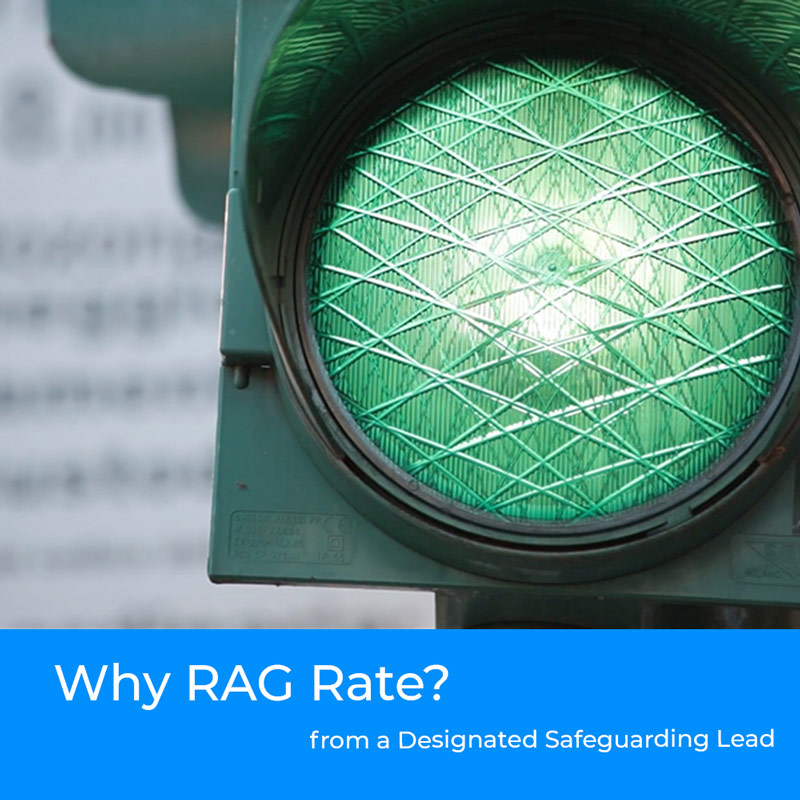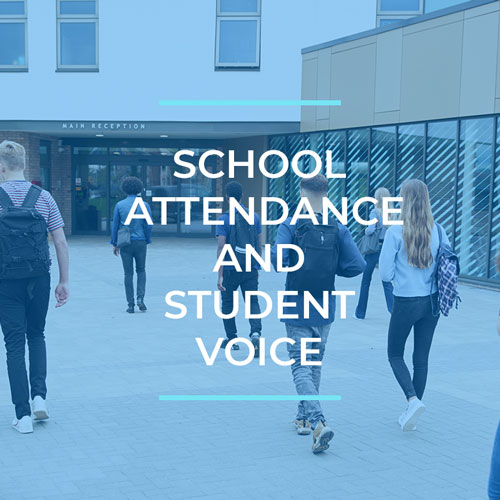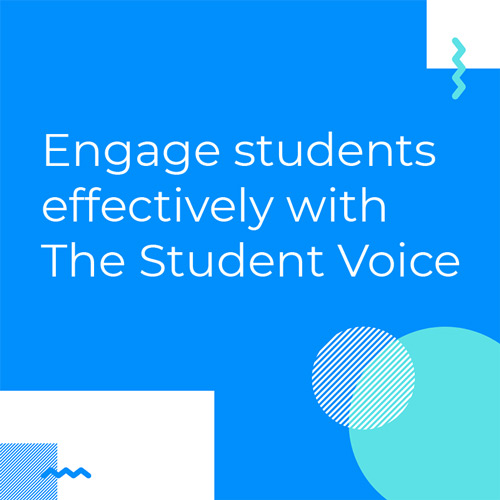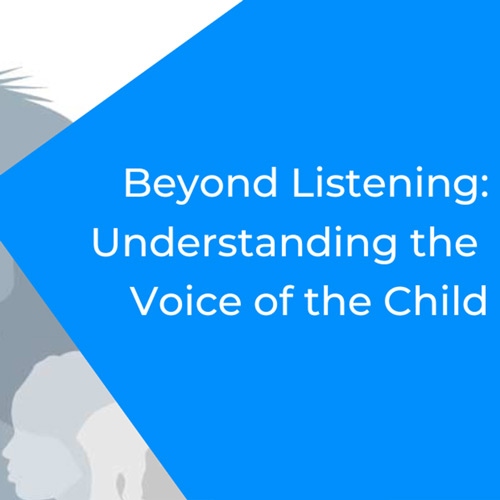Safe Spaces – How can we build on the brilliant safeguarding work schools are doing?
School Communities, Safe Spaces and Student Wellbeing
Statutory guidance ‘Working Together to Safeguard Children’ states that safeguarding and promoting the welfare of children is the responsibility of everyone who comes into contact with them and their families and that what is in the best interests of the child should be the key focus at all times.
However, whilst over a third of all teachers have access to electronic safeguarding logging systems, being responsible for large numbers of students can mean that the potential for issues to slip through the net is high.
Some of the safeguarding and pupil voice work we have had the privilege of hearing first-hand from schools is very inspiring. Tackling huge issues, from mental health concerns to peer on peer abuse and county lines, schools are working hard to create safe spaces, including holding forums, regular surveys, changing layouts of their schools to make students feel safer, adapting curriculum to educate on mental health earlier and providing platforms for students to speak up on issues that concern them.
Get our blogs sent straight to your inbox.
In order to maximise the chances of student wellbeing issues being identified, is it essential that as many communication barriers are broken down as possible, and that all available reporting resources should be given to the most important person in this scenario – the young person or child.

Creating Safe Spaces in our School Communities – starting the conversation:
It takes a lot of courage to come forward and disclose something to adults. The work of Dr Carlene Firmin in contextual safeguarding suggests we may not fully understand the life experiences of young people, taking into account the different socioeconomic backgrounds, cultures and family layouts.
Where our main reporting systems are currently adult-focused, there can be a communication gap between adults and young people. We have seen that young people are scared to come forward. One of the biggest high profile cases was the Rochdale child sex abuse ring where it was estimated that at least 1,400 children were abused by the ring between 1997 and 2013 – a situation we would never want to see repeated, and yet worrying patterns of young people feeling unsafe continues.
This is echoed in the recent Ofsted report into sexual abuse harmful sexual behaviour and the UCL survey findings. ‘The study involved 480 young people from across the UK – 366 via an online survey, with a further 144 participating in in-depth focus groups. From the survey findings, just over half of participants (51% – 54/106) who had received unwanted sexual content online or had their image shared without their consent reported doing nothing.’
To change this, we need to start the conversation by listening to our young people authentically and providing them with safe spaces to do so.
The Lundy Model suggests that in order to get young people to truly engage and participate, we must provide young people with safe spaces to express their view, appropriate information to facilitate that view, an adult to listen to that view, and then feedback on whether that can or cannot be actioned. To gain genuine participation from students to change our school culture, we need to adopt an approach that facilitates pupil voice and allows us to keep communication lines open with them.
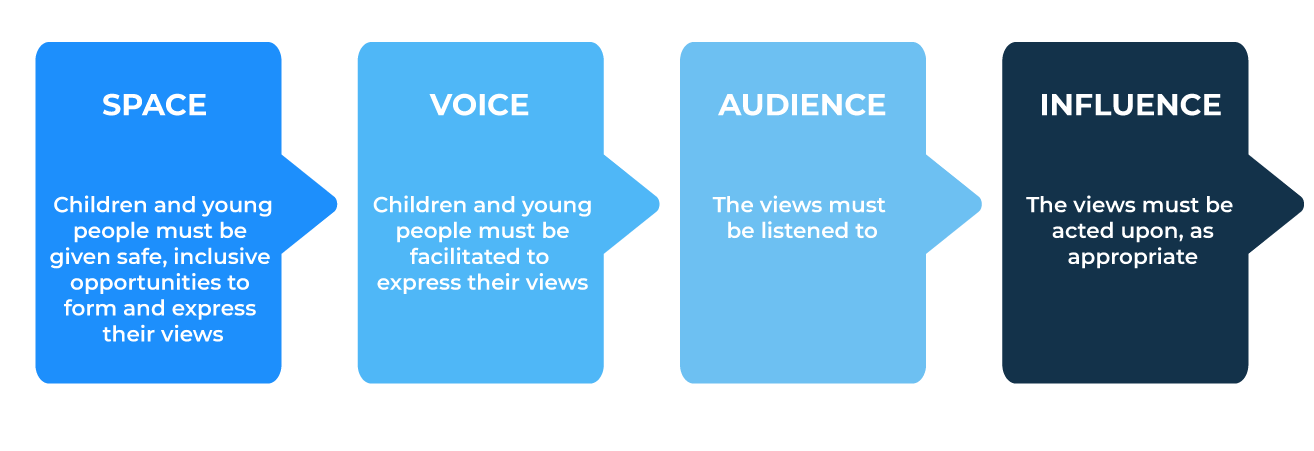
Youth Mental Health Crisis
Students’ physical safety and well-being are not the only points of concern. A recent article in the Guardian states that experts are seeing an alarming amount of pressure on schools to identify mental health issues, despite the fact that just 40% of classroom teachers feel equipped to even teach children in their class with mental health needs and only 32% knew which organisations outside the school could help pupils.
Teachers are often regarded as part of the first tier of support in CAMHS, alongside GPs and social workers, as they have daily contact with many students and form relationships. Their detailed knowledge of and regular interaction with their pupils means they are “not only the first port of call when concerns arise, but for many the only port of call”. In fact, students are often more likely to go to teachers than their family.
The Student Voice
The impact of a community can be far-reaching. The schools that have implemented The Student Voice contextual safeguarding tool are already having a significant and positive impact on their student body.
Using technology to bridge communication has encouraged students to come forward to speak to teachers face to face more where they previously would not, knowing their school wants to listen to them. They know it is a safe space that they can access in their own time, and many have come together to create very articulate, thought-out feedback for the school.
In addition to the use of technology, students have felt a strong sense of ownership of their system, from build to launch and implementation, influencing imagery and wording that would best communicate with them. In many settings, implementation has started with senior student representatives, who are able to share decision making when it comes to the best way to roll out the tool to the rest of the student body. Once the tool has been rolled out, student council members have authentic leadership opportunities, discussing and responding to student council suggestions raised by the student body and constructing feedback on why some suggestions may or may not be actioned, actively demonstrating the Lundy Model and allowing students to positively influence their school culture.
Live hotspot data in real-time
Many schools use forums and groups to get an idea of how the student body are feeling or a questionnaire survey, which has been a fundamental and brilliant avenue for listening to pupil voice and building trust.
Having a live data tool enables a continuum of information from students in real-time, so you can not only be aware of what is on students’ minds regarding their school community but monitor positive aspects they would not already know, to improve student life and encourage information sharing from students.
Students are able to feedback on which locations are hotspot areas through a RAG (red, amber or green) scale. DSLs can also ask for feedback on specific areas of interest each week to gather targeted information e.g. Year 12 students are asked to feed back on the sports field or a corridor to get targeted information relating to the context (the location, time of day, what issues are there, including peer to peer or bullying issues in that specific year group).
Using this live data can be extremely useful to monitor issues and hotspots in real-time, and influence curriculum. Schools will see where their students are at in all areas of their community from safety to peer-on-peer issues and be able to adapt PSHE for a more targeted response, relevant to their students.
Map Exercise & Record Keeping
Keeping a record of student issues in a central area and knowing where hotspot locations are can be crucial in keeping up to date with current student concerns, and may be something inspectors look for. Many schools use the well-known ‘map exercise’ to demonstrate where their key hotspots are around school, although there may be gaps if these are adult perceived hotspots. Our schools are able to use their data to provide accurate and up to date information on where their hotspots are and provide a record of date and time-stamped issues raised directly by their students, to school stakeholders.
Consolidating resources – Safe spaces for those who aren’t ready to take that step to speak up
For some of the quieter voices, seeing their peers being listened to with regular feedback, will empower those who may take a while to report issues, to build the courage to come forward. For those students that are not ready to come forward, it’s equally important to create a student community that signposts resources in relevant areas related to sensitive and general topics, as some students may not be ready to speak to an adult or raise questions in their PSHE classes.
The home environment on The Student Voice has a list of appropriate and vetted resources and apps that can be tailored to each school. This includes specific topics students may want to research in their own time such as nutrition & health, friends and relationships, identity, sleep, exercise, family and online social life. These are free, comprehensive and practical resources, for example, NHS resources, and the Internet Watch Foundation, which remove unwanted images from online.

Summary
Schools, safeguarding teams, and teachers are doing fantastic safeguarding work fighting against a deficit of central government training and support, and are thinking outside the box when it comes to overcoming safeguarding challenges.
Technology-based tools such as The Student Voice can only help build on what is a proactive approach on the parts of schools and colleges; making reporting processes and monitoring hotspots easier, building safe spaces and empowering students to participate in keeping their community safe.
Learn more about The Student Voice.

